 Perma-Chink Systems, Inc
Log & Timber Home Care Experts
Perma-Chink Systems, Inc
Log & Timber Home Care Experts
Perma-Chink Systems® newest finish option, Log & Timber Defense™, has been quite the success for customers looking for a hybrid finish for their log homes. Unlike our traditional Lifeline film-forming wood finishes, Log & Timber Defense penetrates your wood. As it absorbs into the wood surface, it forms a strong lattice network within the wood, reinforcing and strengthening the entire system from the inside out. Due to its elastomeric nature and penetration, it greatly reduces the chances of peeling and flaking by leaving the system breathable to water vapor. Many penetrating oil-based finishes can also form a lattice-like network, but unfortunately these finishes contain harmful flammable solvents that make working with them both dangerous for you and our environment. In contrast, our Log & Timber Defense is water-based, making it both easier and safer to work with.
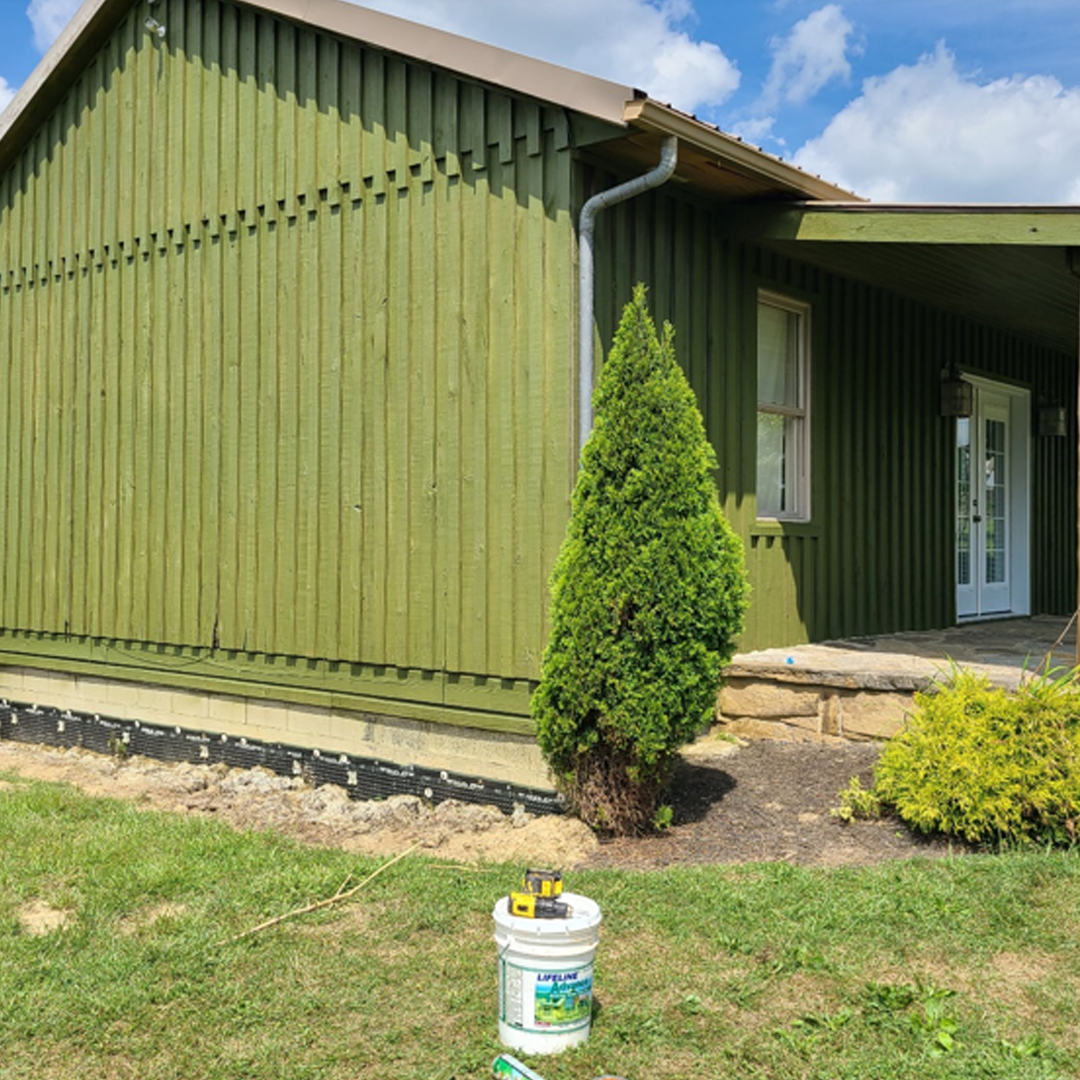
Being green isn't being the color green - although we make a family of bold colors like this green finish in the picture above. Our standard and custom colors aside, being "green" is how our products are produced to be safe for the environment.
We know that in today’s environment being “green” is considered an important factor in the decision process of many of our customers. Being “green” - environmentally friendly - is one reason why log homes are so popular. But what about the finishes used on log homes, can they be “green” as well? The answer depends on the criteria used to define “green.”
Anyone who has trees on their property has probably seen a carpenter ant here or there at one time or another. Foraging ants roam far and wide looking for food and an occasional sighting is common.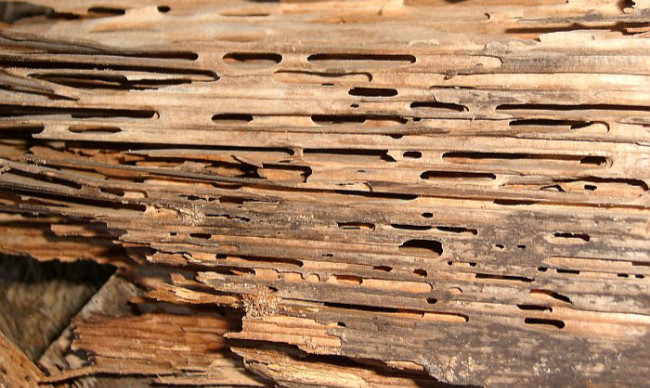
However, if you’ve seen more than a few, there are some things you should know. First of all, carpenter ants do not eat wood, but they sure can damage it. They get their name because they chew through wood creating tunnels and galleries. Usually they nest in moist wood, however, if that’s not available they will expand into sound, dry wood where structural damage can take place quickly. Some even nest in foam, fiberglass insulation, or wood/foam composites.
By Jared Turner
Folks have been trapped inside their homes for lengthy periods of time this winter. Whether it was to escape the cold or shelter from Covid, you are ready for a change. So, as you emerge from your long winter hibernation, take time to stretch, rub the sleepy out of your eyes and put the coffee on. Once you have all of that out of the way, it is time to open your door to Spring and consider the benefits of Forest Living.
How to Prepare New Construction Log Surfaces for Finishing
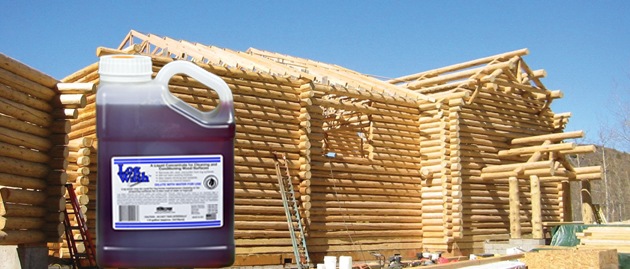 New logs may look clean and fresh to you, but it doesn’t mean that they are ready to stain. There is some preparation involved in getting new logs ready for finishing.
New logs may look clean and fresh to you, but it doesn’t mean that they are ready to stain. There is some preparation involved in getting new logs ready for finishing.
As our country was founded, established and expanded, log homes were prevalent across the colonies. President Abraham Lincoln was famously raised in a log home, and that home is still preserved today. Some of our greatest presidents came from humble beginnings and modest homes. What some people might not know is a log home constructed in 1808 was built on George Washington's Farm. 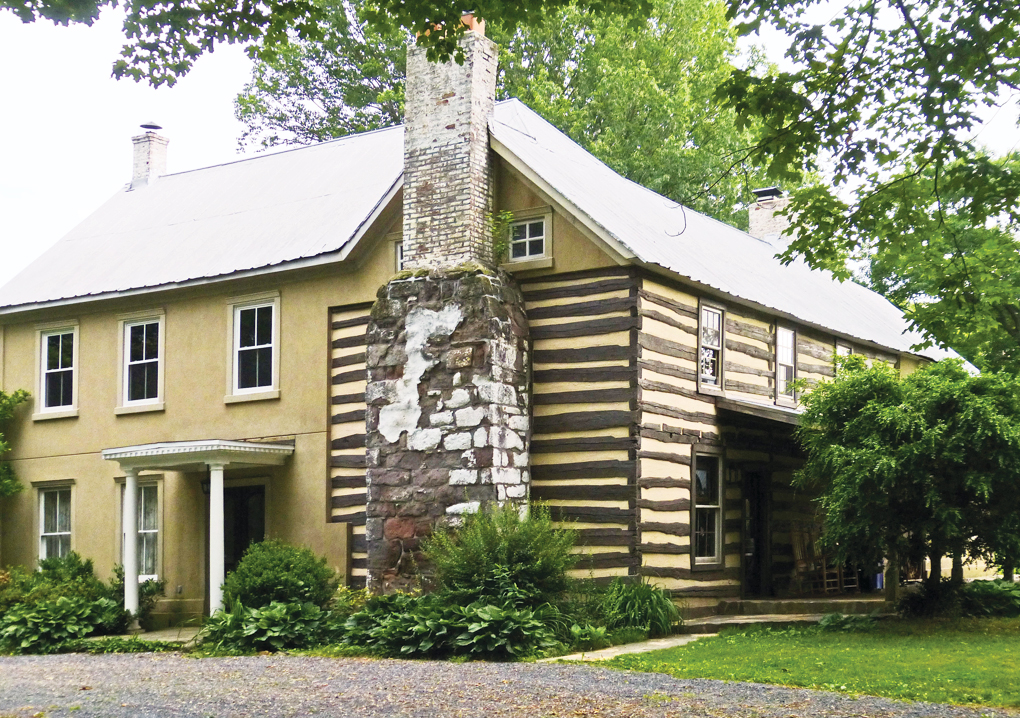
One of the key bits of information for keeping hardwood floors shiny is knowing what type of finish has been applied to the wood. Was your hardwood sealed with a polyurethane or polyacrylic urethane finish, or was it finished with a paste wax? If you don't know, here's a test to help you make the best cleaning choices:
-
In a spot with normal foot traffic, place a drop of water on the floor. If the water is quickly absorbed or causes spotting on the finish, this indicates the hardwood has not been sealed and should never be cleaned with water. But if the bead of water just sits on the surface without being absorbed, it means the hardwood floor has been sealed.
-
To test for a paste wax finish, grab some fine steel wool and rub it lightly over the floor in a corner. If the floor has been waxed, there will be a gray, waxy film left on the steel wool.
COLOR CHOICES FOR LOG OR TIMBER INTERIORS
When it comes to log and timber homes, grays and browns are the biggest trending colors, as they offer the widest neutral tones. Gray has been the hot shade for the past several years in homes, from walls to floors.
True to its "neutral" title, gray really goes with almost any color. The key to a great match lies in coordinating the tones. Gray doesn't have to appear in your palette as a color of the wall - it can also be found in a fireplace exterior, flooring, or on countertops. When you add gray to any room, be sure to consider other shades of gray that might already be there.
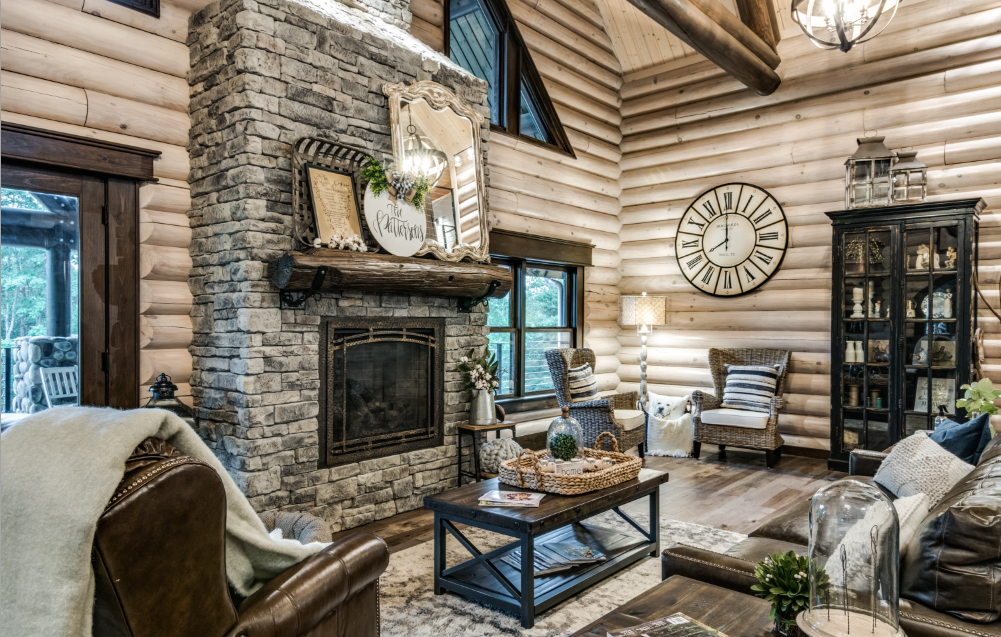
Lower Your Energy Consumption and Prepare Your Home for Winter
From the Experts at Perma-Chink Systems
As winter approaches, one of the most important tasks for maintaining your log home is ensuring it’s properly sealed. With the cold months ahead, taking the time to address any gaps and cracks will help prevent cold drafts and keep your home cozy and energy-efficient.
In today's world of rising fuel costs and growing environmental concerns, keeping cold air out and warmth in has never been more important. A well-sealed home reduces your energy consumption, helping you save money while also minimizing your environmental impact.
Start Saving on Your Heating Bills Now!
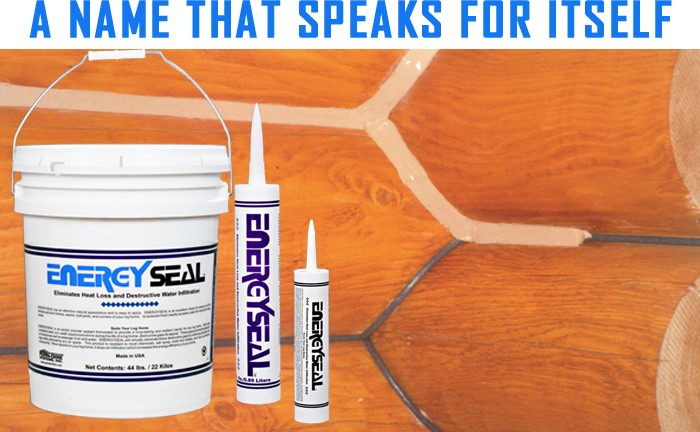
Energy Seal is a textured acrylic polymer sealant that provides a long-lasting and resilient seal for any style of log home. Since logs constantly twist, turn, swell, expand and shrink, gaps may appear between logs or between the logs and window and door frames or other areas of the home. These gaps retain moisture and allow the seepage of air and water into the home. Energy Seal eliminates these gaps by forming an air and water tight barrier over them.